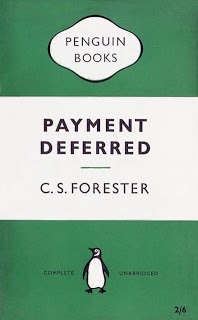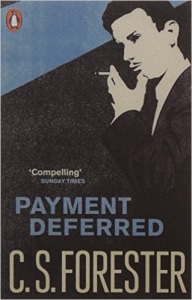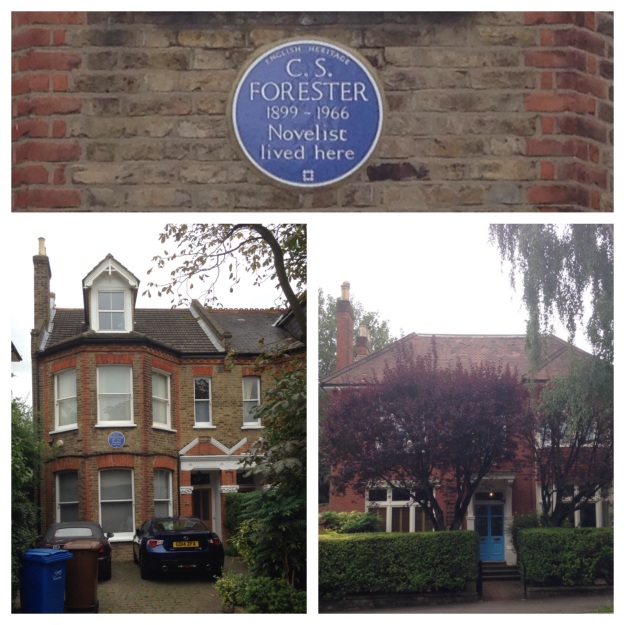One of the slightly more surprising Lewisham literary links is to the Victorian poet, Robert Browning, who lived for a while in the borough in the 1840s.
On a trip to Northern Italy in 1845, probably just before he met Elizabeth Barrett, he wrote ‘Home Thoughts from Abroad.’ Browning ‘paints’ a picture of an almost idealised English pastoral idyll, but the rural England he had temporarily left behind was ‘Plowed Garlic Hill’, now known as Telegraph Hill, then an area of market gardening then owned by the Worshipful Company of Haberdashers – with a home just over a couple of hundred metres from New Cross Gate station.
Oh, to be in England
Now that April’s there,
And whoever wakes in England
Sees, some morning, unaware,
That the lowest boughs and the brushwood sheaf
Round the elm-tree bole are in tiny leaf,
While the chaffinch sings on the orchard bough
In England—now!
And after April, when May follows,
And the whitethroat builds, and all the swallows!
Hark, where my blossom’d pear-tree in the hedge
Leans to the field and scatters on the clover
Blossoms and dewdrops—at the bent spray’s edge—
That ‘s the wise thrush; he sings each song twice over,
Lest you should think he never could recapture
The first fine careless rapture!
And though the fields look rough with hoary dew,
All will be gay when noontide wakes anew
The buttercups, the little children’s dower
—Far brighter than this gaudy melon-flower!
Perhaps the chaffinch on the ‘orchard bow’ was on what is now Erlanger Road and the elm tree on Pepys Road? Home Thoughts from Abroad was published later in 1845 as part of ‘Dramatic Romances and Lyrics.’
Robert Browning was born around three miles further west along the A202 in on the Camberwell/Walworth borders in 1812 at the delightfully named Rainbow Cottage, on the still remaining Cottage Green off Southampton Way. Any elements of arcadia will have disappeared within Browning’s own lifetime. The cottage name lives on in a nearby street name – Rainbow Street.
Browning also spent sixteen years living 200 metres to the south east at Hanover Cottage on what is now the corner of Coleman Road and Southampton Way between 1824 to 1840 – it is now a dry cleaners, but marked with a blue plaque.
His father, also Robert, was a well paid employee of the Bank of England; he seems to have been largely disinherited by his father, a St Kitts slave owner, for his abolitionist views. Slavery was not abolished in the British Empire until 5 years before the poet’s birth. His mother was a devout non-conformist and a talented musician.
 His education was largely home based, making use of his father’s large library; he started to write poetry at 12 and seems to have lived with, and have been financially supported by his family, until he was 34, this included funding the publication of his early poetry such as ‘Dramatic Romances and Lyrics.’
His education was largely home based, making use of his father’s large library; he started to write poetry at 12 and seems to have lived with, and have been financially supported by his family, until he was 34, this included funding the publication of his early poetry such as ‘Dramatic Romances and Lyrics.’
The family moved to New Cross in 1841, five years before his marriage to Elizabeth Barrettt. Their home in New Cross, ‘Telegraph Cottage’, was on the corner of what is now Musgrave Road and Jerningham Road which Browning described as looking like a ‘goose pie.’ In a great bit of deduction, the Transpontine blog identified a probable picture of Telegraph Cottage during the conversion of the former canal to the railway in 1839, a couple of years before the family moved there.
Browning’s stay in Lewisham only warrants a local maroon plaque, although its backdrop of one of the gates to Haberdasher Aske’s College in Jerningham Road is rather more impressive than its Southwark counterpart.
And finally, part of my interest in Robert Browning was a purported family link – my paternal great grandmother was apparently partial to claiming an unspecified linkage between the poet’s and, presumably, my great grandfather’s family trees. Alas, dear reader, if I am allowed to mix my writers, the linkage seems to have been just wishful thinking, it is in name only – Robert Browning’s genealogy has been fairly well documented by going back to roots in Dorset; the claimed linkages for my own family would have been around 75 miles to the west in Devon with no obvious intersections between the two lines.
















